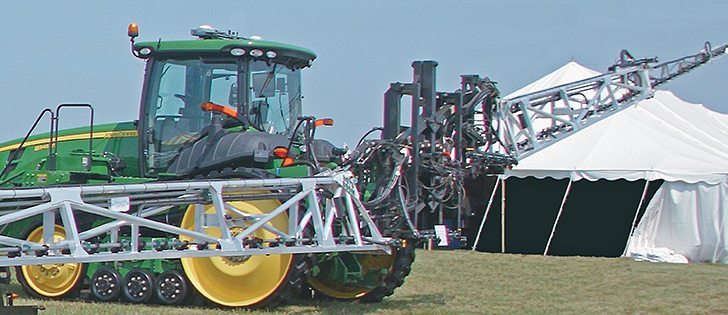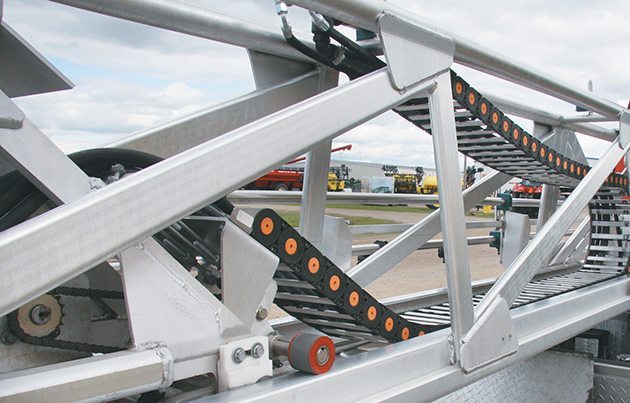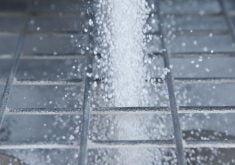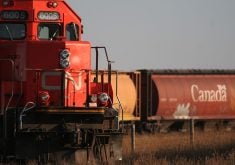Aluminum boom’s hydraulically powered drive wheels move sections
FARGO, N.D. — Producers who don’t look at their sprayer as an extension of their seeder might be throwing away a lot of money buying that big dream boom.
That’s the opinion of Ron Boyd, inventor and owner of BoydAg, one of the few North American manufacturers making adjustable aluminum spray booms.
He thinks some farmers don’t use the simple sizing formula when buying a new sprayer or a new boom for their existing sprayer.
“You always want to run your sprayer tracks in your (seeding unit’s) tracks,” Boyd said.
Read Also
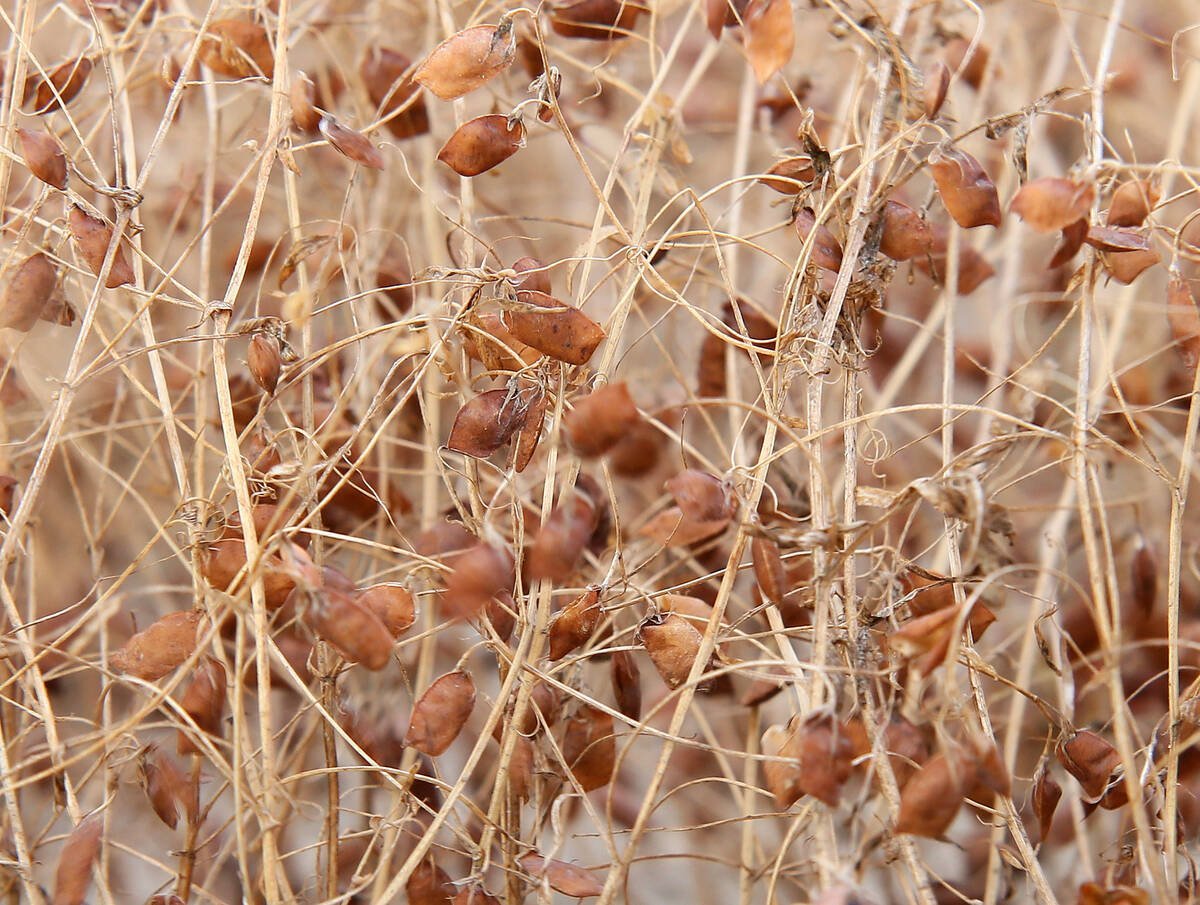
Europe holds promise for Canadian lentils
Pulse Canada is trying to help boost lentil consumption in Europe, which is already the fourth largest market.
“If you keep the sprayer tire track inside the planter tire track, you can run anywhere from three to five m.p.h. faster and still keep everything smooth so you don’t bounce the boom or hurt the sprayer.
“You burn less fuel. You cover more acres per day. You put fewer hours on the machine. The height sensor works better. There’s less crop damage from the sprayer tires. You do an all around better job of spraying.”
He said too many producers look only at spray pattern overlap and gap when matching their spraying equipment to their seeding equipment.
Those numbers are critical, but buying a boom based only on that premise can lead to unnecessary investment, especially if a farmer runs two different sizes of seeding machines.
The other problem with looking only at overlap and gap is that it can put the sprayer tracks outside the seeder tracks.
Boyd said some farmers owned different sprayers to match their different sized pieces of seeding equipment before adjustable boom sizes were introduced.
“In North Dakota they like to run 66 foot planters, so they buy my 132 foot boom. It’s not telescopic. It’s just straight 132 feet. And that works just fine,” he said.
“But one of my customers up here runs a 60 foot planter and a 66 foot planter, so he bought my adjustable boom that’s 120 foot and 132 foot. Now he’s got correct coverage on every field and he’s always running in planter tracks.”
Boyd said his current generation of telescopic booms is a significant departure from earlier versions. Instead of having a chain running all the way down the boom to pull it in or out, his new adjustable booms have hydraulically powered drive wheels to move the sections.
“It still has its own hydraulic system, but it’s very simple now,” he said. “There are not many moving parts. Extending to full width or pulling in to the narrow width happens very quickly.”
Boyd got into the aluminum boom business in 2004 after visiting the Pommier factory in France.
His Texas equipment dealership was taking trade-ins with beat up 60 foot steel booms, and the used sprayers sat on his lot because po-tential buyers wanted booms 80 feet or bigger.
“So I sought them (Pommier ) out and went over to Europe to finalize the deal,” he said.
“As I got more and more into this aluminum business, I found I was selling a lot of 120 foot Pommier booms to the Case IH dealers. It wasn’t long at all before the supply of booms fell way short of the demand, so I had to do something.”
Boyd moved into aluminum manufacturing gradually.
He saw a demand for extensions on John Deere booms and started making those. Meanwhile, his engineers were making improvements to the Pommier design.
“What we did was take that European boom and adapt it to North American conditions,” he said.
“I had watched them spray in Europe: sandy soils, ground speed about 11 m.p.h., not much bounce or abuse on the boom. But over here, my guys run 18 or 20 or 22 m.p.h. regardless of how rough the surface might be. A boom for North America has to be more robust than one for Europe.
“We all know rigidity is a bad thing in a spray boom. So we allow our aluminum to flex a little. The secret is all in the way we blend our aluminum together, our 6063t and our 5052.”
Aluminum 6063t uses magnesium and silicon as the alloying elements and is weldable, can be heat treated and has good strength.
The 5052 is used in a lot of manufacturing because it can be easily extruded and has a smooth finish that can be anodized.
Corrosion resistance is an aspect of boom longevity, and his products are covered with Armor Coat, which has a base of Magni 501 and a top coat of RIE 4010. All bushings throughout are stainless steel, including pressed-in stainless steel bushings at every aluminum pivot hole.
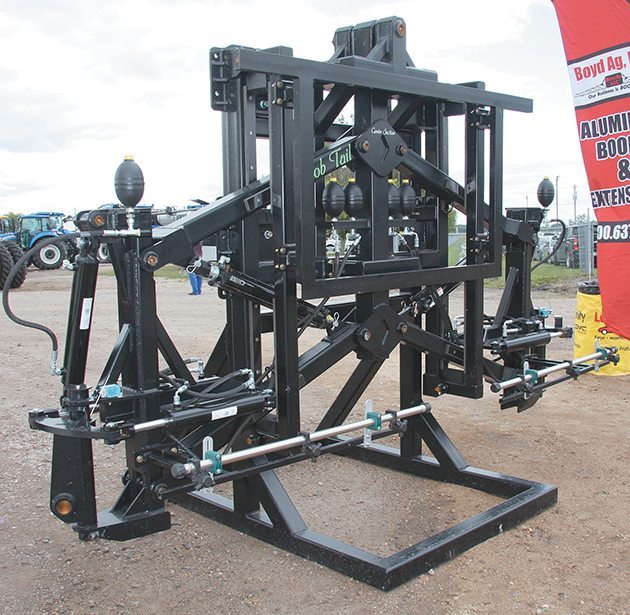
Using fluted or corrugated tubing in the bottom rails of each section of telescopic and single unit booms helps keep them light without sacrificing strength.
Cross X braces form an integral part of every boom at the centre rack mounting point, and gusset plates are installed at every welded joint.
“I have a customer in Benson, Minnesota, who buys three new sprayers every year and trades the year-olds,” Boyd said. “Three years ago, he bought three 120 foot aluminum booms from me. Now he takes the 100 foot steel booms off his new sprayers each year and installs them on the year-old trade-ins. Then he puts the aluminum booms on his three new sprayers.”
A new 150 foot BoydAg boom will cost $65,000 to $95,000, depending on what needs to be done to adapt it to the sprayer. The centre rack costs $36,000, including controls.
For more information, contact Ron Boyd at 512-757-5862 or visit www.boydag.com.


